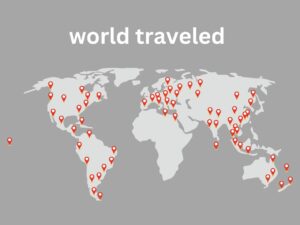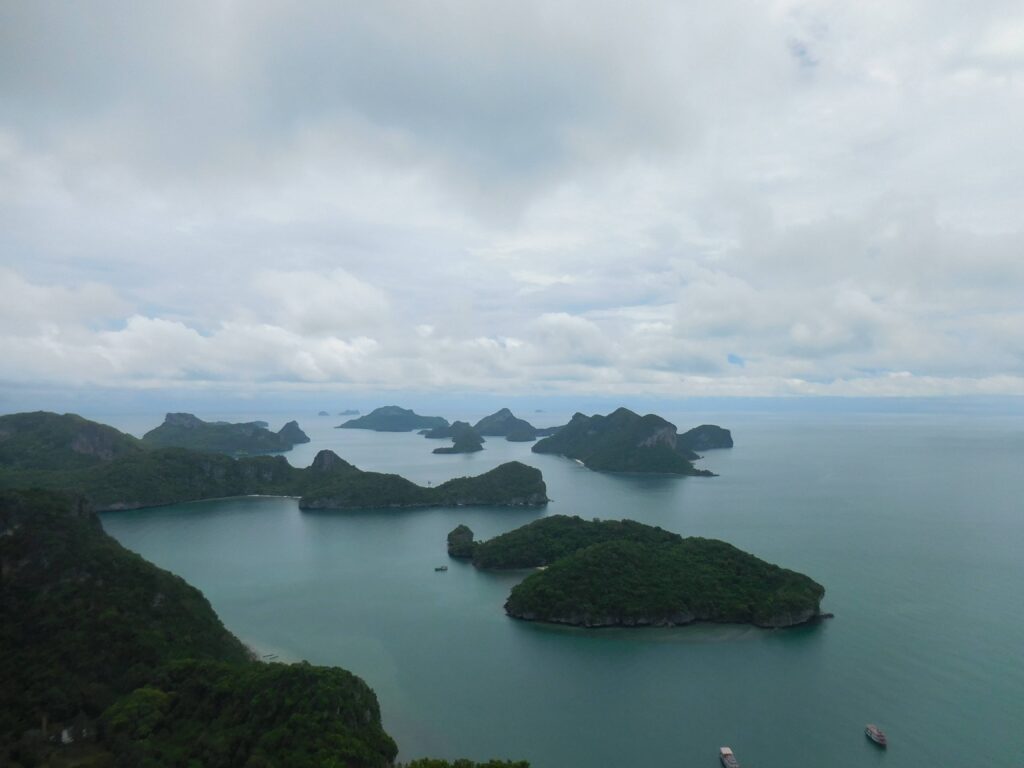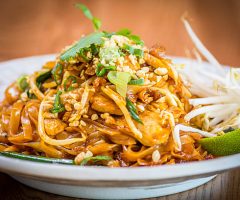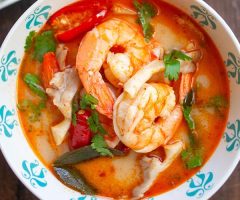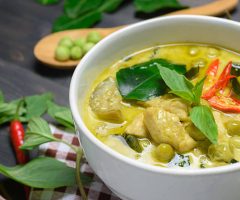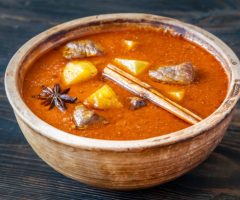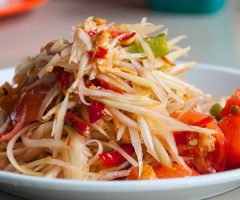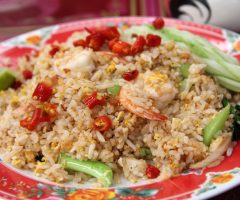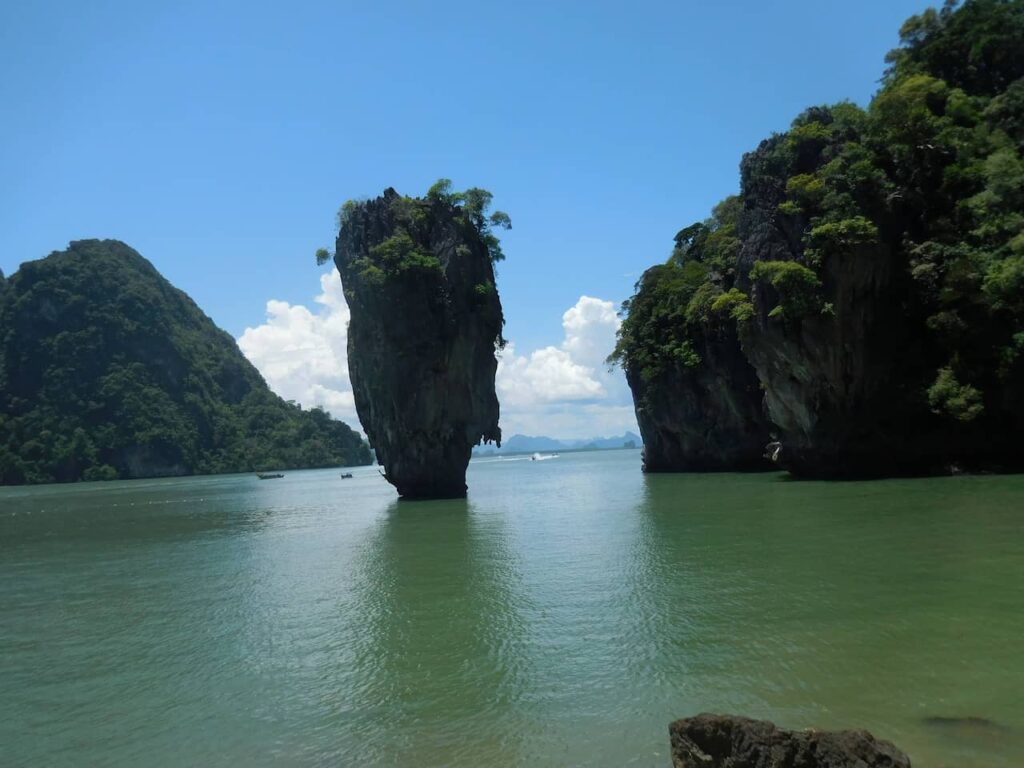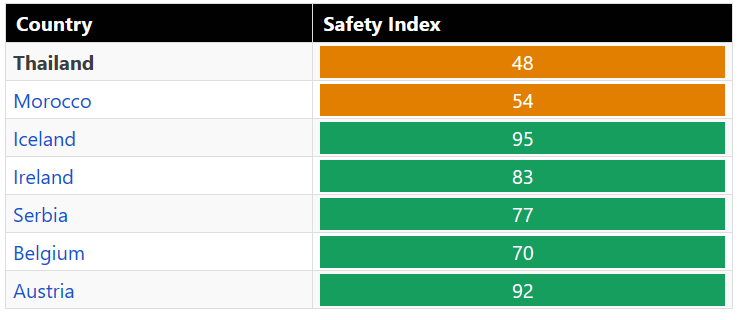Money
The currency in Thailand is the Thai Baht (THB), which is made up of 20, 50, 100, 500, and 1,000 Baht notes.
Coins are available in 1, 2, 5, and 10 Bahts, as well as smaller 25 and 50 satang coins, although these satang coins are not widely used.
The Baht is the only legally accepted currency in the country and is widely used in all commercial transactions.
Currency exchange:
Because Bath is not a widely traded currency, exchanging in your home country is often the worst option.
The second worst is to change at the airport. I usually change only what I need to get to the city at the airport, as foreign currencies are not accepted in Thailand on a daily basis.
Bank exchange kiosks:
They are available at airports and in all tourist areas in Thailand.
The exchange rate is higher than if you go directly to the bank.
Using banks directly will give you better exchange rates than using an ATM.
ATM (ATM):
ATMs are the obvious choice for withdrawing cash.
However, ATMs do charge some fees, so you need to factor in your bank’s charges.
I usually first check with my bank which ATM brands they have an agreement with.
Then, if there isn’t one in place, I start the transaction and see what the rate is and choose the lowest value.
While not the best in terms of risk, bringing cash to exchange is the most favorable option.
And exchanging that money at an independent kiosk often works best.
You just have to pay attention to the reliability of the place.
Independent kiosks:
Currency exchange kiosks offer better rates than banks and can save you over 90% on exchange fees and cost as little as 0.05% of the transaction amount.
When exchanging USD for Baht, the best rate is given for $50 or $100 bills. Smaller notes get slightly lower rates.
Generally speaking, the condition of the banknotes does not have to be perfect. Some countries are very strict about this, but in Thailand, a few creases here, and there are no problems.
Below is a list of money exchange kiosks in Thailand.
Among independent kiosks the difference in fees is small and your choice is usually one of convenience.
However, Super Rich tends to offer the best rate and has become very popular in recent years. They have several kiosks in malls and stations in Bangkok.
Some kiosks in Bangkok.
Super Rich
Twelve Victory Exchange
MT Exchange
SIA Exchange
Vasu Exchange
K79 Exchange
jag exchange
Summary:
- Carrying cash into the country and exchanging it at a kiosk like Super Rich will give you the best exchange.
- Bring dollars in $100 bills if possible.
- You must declare anything over $20,000 when entering the country.
- The exchange at bank branches instead of their kiosks offers a moderately better exchange.
- ATMs are for emergencies or if your bank has a good arrangement
- Exchange only what you need for the next few days.
- Spend or exchange any extra money for US$, as Bath is not accepted outside Thailand.
Value restrictions:
When entering or leaving Thailand, amounts greater than US$20,000 or equivalent in other currencies must be declared to customs.
This rule applies to any means of payment such as currency, checks, etc.
More information at Thai customs.
